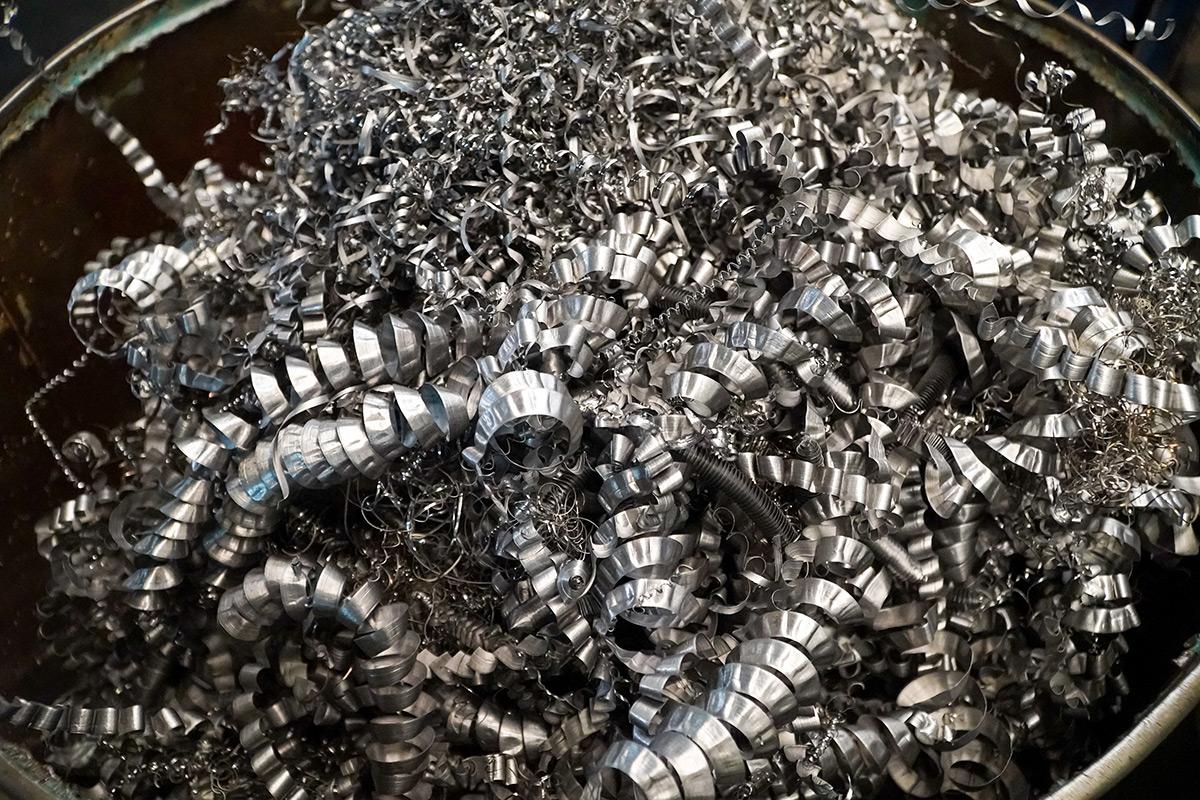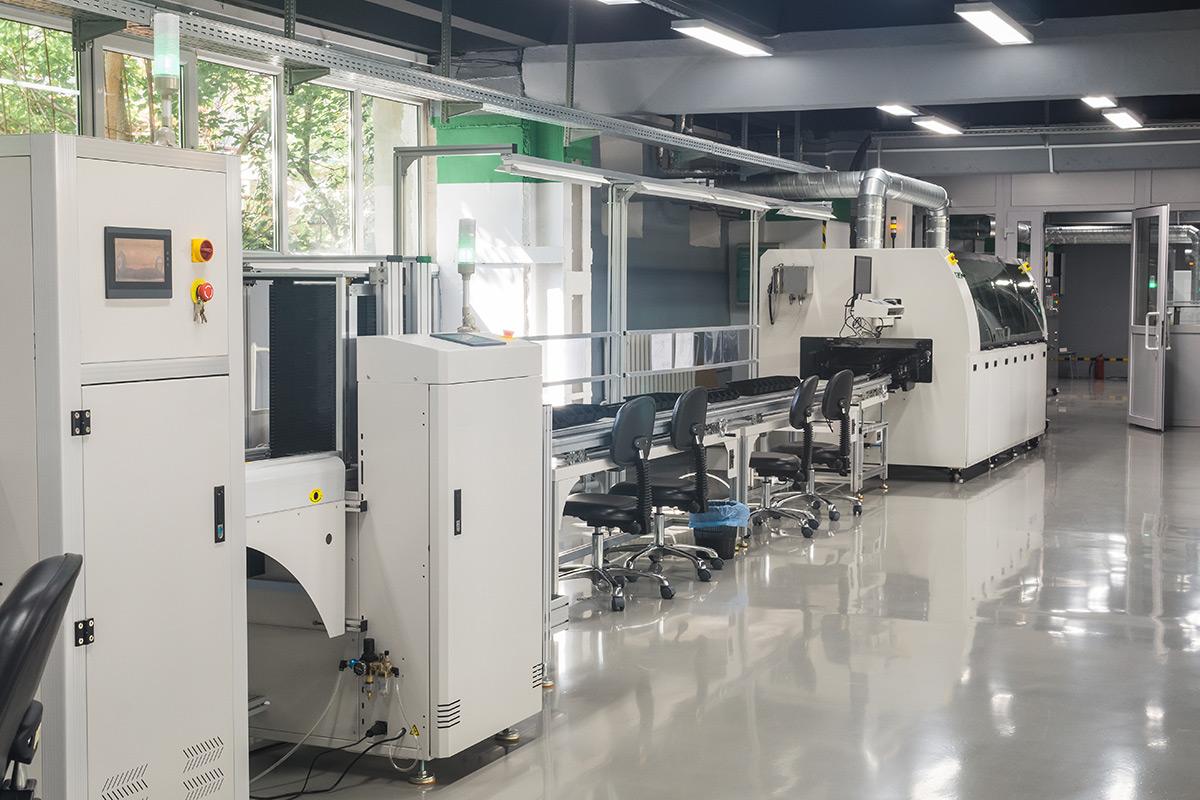How to Optimize Designs for CNC Machining
2 items
Menu
Services
Emergency Contact Form
Newsletter Signup!
© All rights reserved. • In-House CNC Service LLC | Privacy Policy | Terms of Service • Web Design Services In ABQ by Design it Right
2 items
© All rights reserved. • In-House CNC Service LLC | Privacy Policy | Terms of Service • Web Design Services In ABQ by Design it Right
optimize cnc machining
****
Designing parts and components for CNC machining requires a deep understanding of the process and its limitations. This heading covers the fundamental design principles that can help optimize parts for efficient and cost-effective CNC machining.
Factors such as part geometry, material selection, feature placement, and tolerance requirements all play a crucial role in ensuring a successful CNC machining outcome. By considering these principles early in the design phase, manufacturers can avoid common mistakes and enhance the overall machining performance.
CNC machining offers a variety of processes, each with its own strengths and limitations. This heading explores the different CNC machining techniques, such as milling, turning, drilling, and grinding, and how to match the right process to the specific design requirements.
Understanding the capabilities and limitations of each CNC machining process can help designers make informed decisions, optimize part geometries, and ensure the most efficient and cost-effective manufacturing solution.
CNC machining is not just a manufacturing method, but a tool to enhance product functionality and performance. This heading delves into how designers can leverage the versatility of CNC machining to create complex geometries, incorporate advanced features, and improve the overall product design.
By exploring the design possibilities enabled by CNC machining, manufacturers can differentiate their products, improve performance, and create innovative solutions that meet the evolving needs of their customers.
Designing parts with CNC machining efficiency in mind can significantly impact the overall cost and turnaround time of the manufacturing process. This heading focuses on strategies and techniques that designers can employ to optimize the CNC machining workflow, reduce waste, and maximize productivity.
From feature placement and tool path optimization to material selection and tolerance management, the decisions made during the design phase can have a profound effect on the CNC machining process, ultimately leading to improved profitability and customer satisfaction.
****
